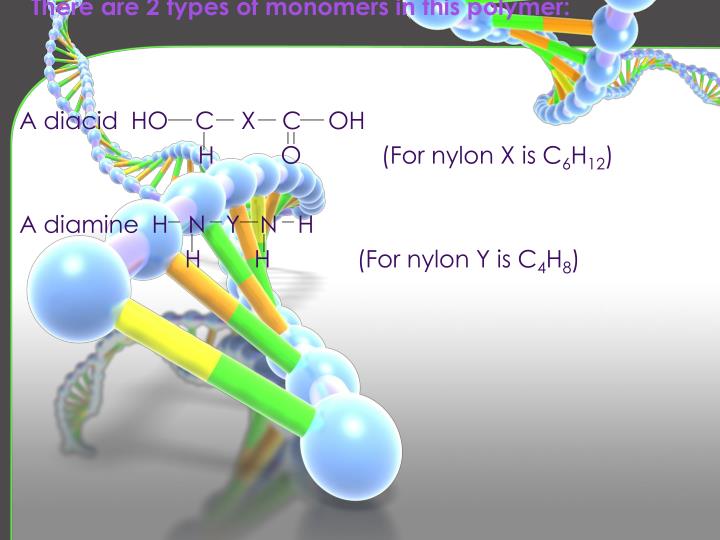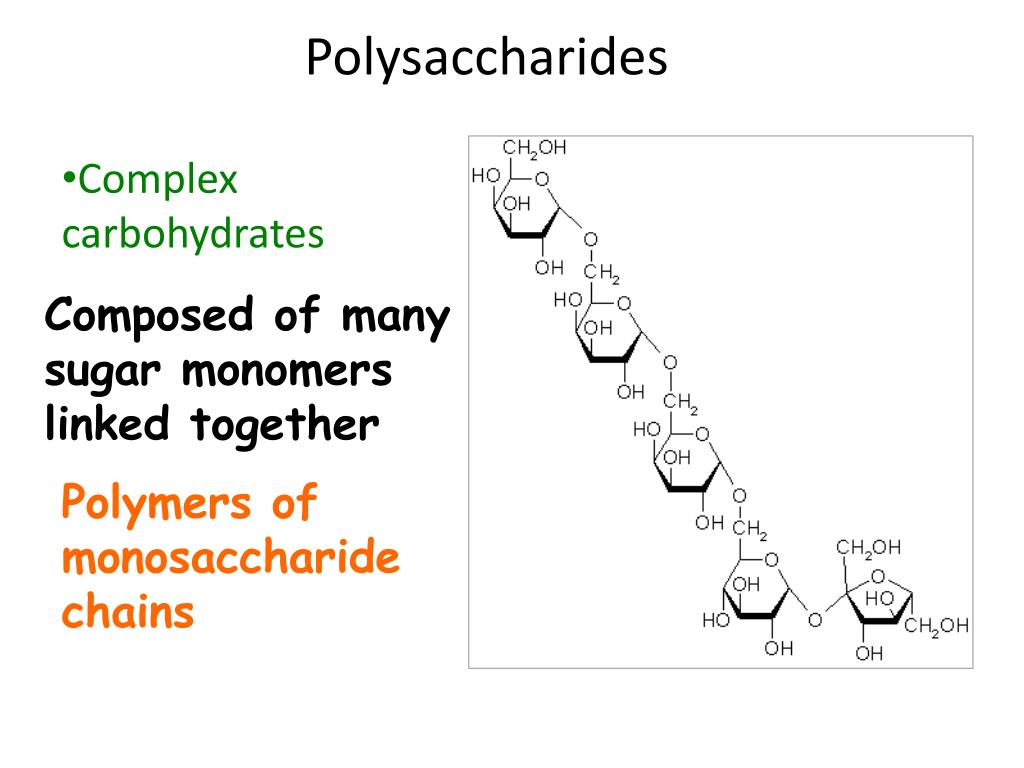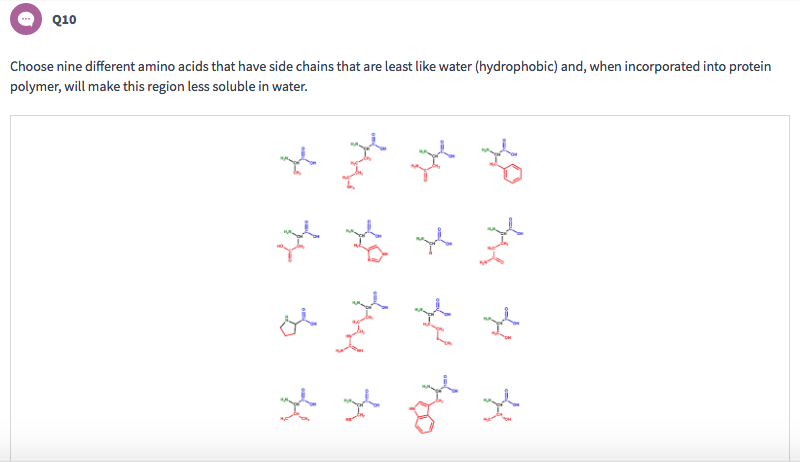

- #Amino acids are the monomers that join together to form skin
- #Amino acids are the monomers that join together to form pro
- #Amino acids are the monomers that join together to form code
The molecule is resonance stabilized around the peptide bond, creating a lot of "double bond" character. Occurs through nucleophilic addition/elimination. Specifically, a peptide bond forms between the N in the amino group and the adjacent alpha carbon. Peptide bonds: forms between two amino acids. Sulfur linkage for cysteine and cystine: cyst eine is "alone." Cystine consists of two cysteine molecules joined together by a disulfide bridge (S-S bond). The R group will either be neutral (contains O or S), acidic (carboxylic acid), or basic (contains N). The R groups will contain alkyl or aromatic groups. Hydrophobic vs hydrophilic: nonpolar compounds are hydrophobic. Basic indicates that a N is present in the R group (because N loves H). Acidic vs Basic: acidic indicates that a carboxylic acid is present in the R group and the word "acid" is in the name of amino acid. Amino acids as dipolar ions: Zwitterion: both a + (N on amino group) and a - (O on carboxylic acid) charge present on one amino acid. Absolute configuration at the alpha position: R vs S, D vs L

MCAT Summary (brief review two weeks prior to exam):
#Amino acids are the monomers that join together to form pro
trypsin will cleave the C-terminal end of the amino acids Arg & Lys: N-terminal - Thr - Arg - His - Pro - Lys - Val - C-terminal add trypsin will produce the following segments: Thr - Arg and His - Pro - Lys and Val

by using the protein protease, you are able to chose which specific peptide bonds you would like to cleave.proteolysis: specific cleavage of peptide bonds.hydrolysis (acid hydrolysis & heat): non-specific cleavage of peptide bond.The peptide bond can break apart (forming individual amino acids) in the following ways: Each group (N-C-C) within the chain is known as a residue. The opposite end - near the carbonyl C is called the C-terminal. The end of the molecule near the nitrogen is called the N-terminal (amino cap). However, the base pattern will be the same: This can repeat, forming an endless chain. Note: the rest of the molecule is not rigid, just the peptide bond. Because there is a lot of "double bond character," the peptide bond is rigid. Because of this, there is a lot of "double bond character" that exists within this molecule (C=O and C=N). The peptide bond is resonance stabilized. This is because only certain pieces of the DNA base will be TRANSCRIBED for the cells, based on where they are located. However, both of these cells have VERY different functions, even though they share the same exact DNA base.
#Amino acids are the monomers that join together to form skin
Both muscle cells and skin cells have the same genetic material located within their nucleus. The most common examples of noncoding RNA are tRNA and mRNA, both of which are used to translate messenger RNA into proteins.Įpigenetic's is when you have different phenotypes derived from the same DNA base. This allows the virus to form a protein immediately using itself as a template (ex. The genetic make-up of an RNA virus is RNA, not DNA. The DNA can then integrate itself into other cells genetic make-up). This is usually seen with retroviruses (ex. Reverse transcriptase will generate a complimentary DNA molecule (cDNA) from an RNA template. You can go from RNA to DNA.Īn enzyme (reverse transcriptase) is required for this process to occur. Reverse tranSCRIPTion is also a possibility.

The monomer for proteins are amino acids. The monomer for DNA is deoxyribonucleic acid. You are going from one language into an entirely new language ĭNA, RNA, & proteins are ALL monomers (a thing that is attached to ONLY two other subunits) that link together and form a linear polymer. TRANSLATION is like translating languages.You are going from one written letter form to another written letter form (nucleic acid -> nucleic acid)
#Amino acids are the monomers that join together to form code
The same information is preserved & passed along all three of the above "steps." Ex: you can find the DNA base code of a protein.


 0 kommentar(er)
0 kommentar(er)
